The day has finally come, the food is on the table and the big moment is here – it’s time to carve the turkey.
For many, the thought of being responsible for carving the turkey fills them with dread but when armed with the right tools and our easy-to-follow guide, it’s surprisingly simple to do.
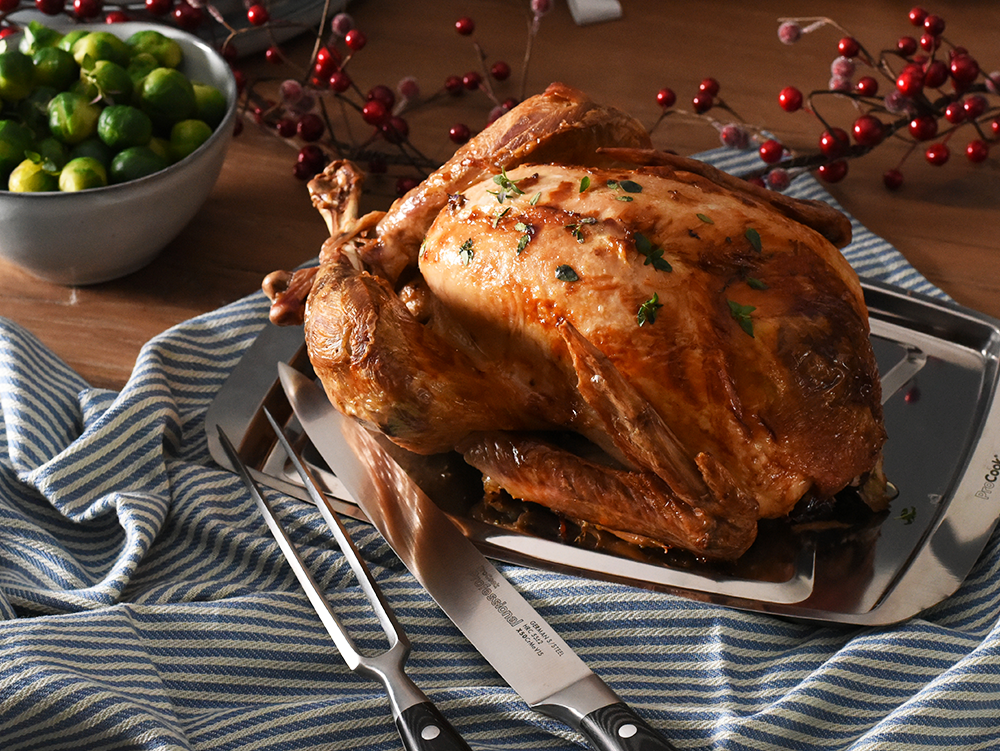
How we did it
1. Let the turkey rest. Allowing the turkey to rest will give it plenty of time to reabsorb the juices. Jamie Oliver recommends that turkeys between 4-6kg should be rested for 1½ hours, and ones from 6-10kg can rest for two.
2. Place the turkey on a stable surface. Ensure you have a carving tray or board large enough for your turkey, place with the legs facing you and remove the string that ties the legs together.
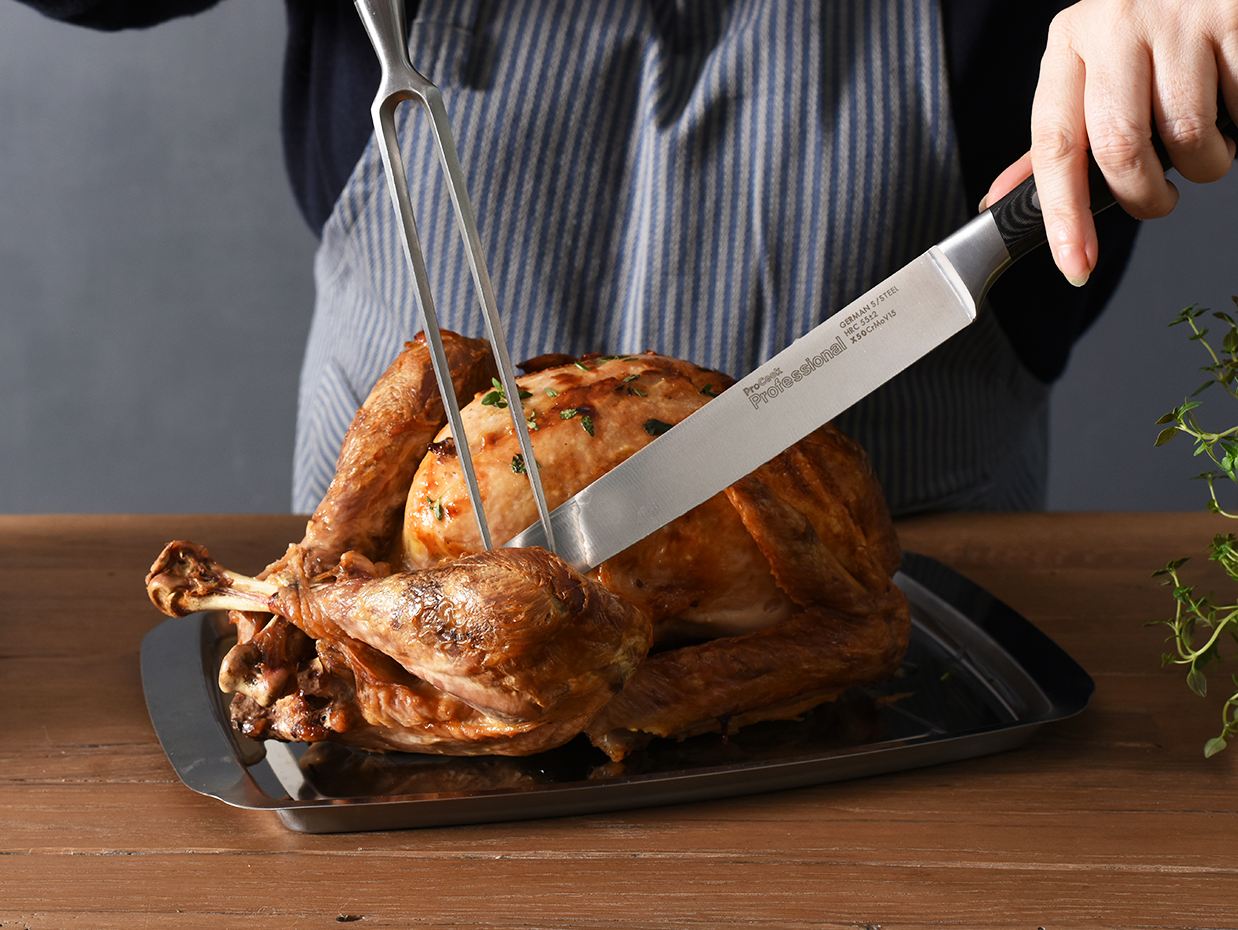
3. Remove the legs and thighs. Slice through the skin that connects the breast and the legs until you reach the joint. Take hold of the leg and push down gently to separate the leg and thigh from the bird, using a chefs knife to then cut through the joint. Turn the joint around and slice through the wing joint to remove, repeat on the other side and set them all aside to carve later.
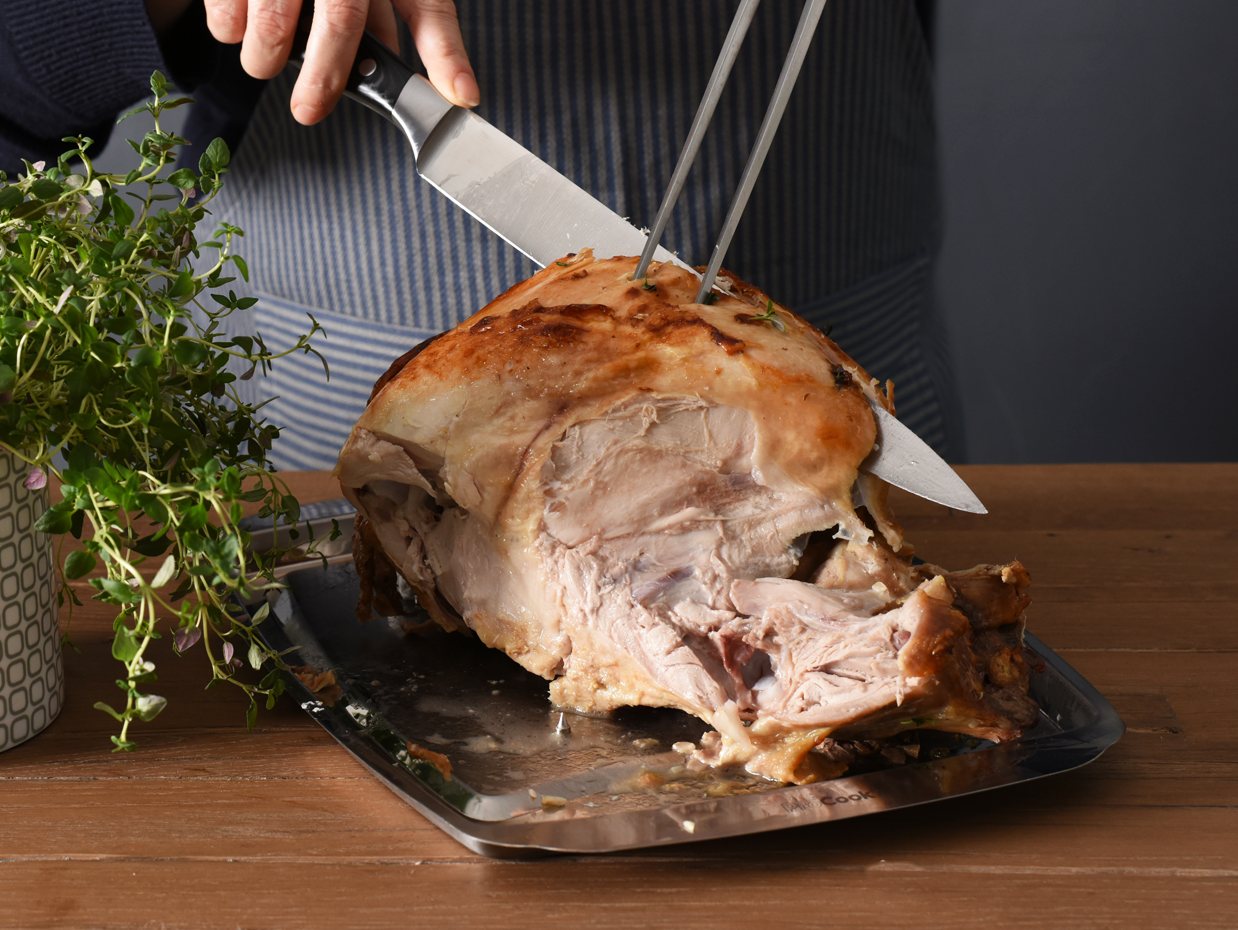
4. Remove the breast meat. Find the breastbone in the middle of the turkey, and slice downwards on a slight angle to cut as close to the bone as possible. You may need to hold the breast meat and gently pull it away from the bone as you slice. Repeat on the other side.
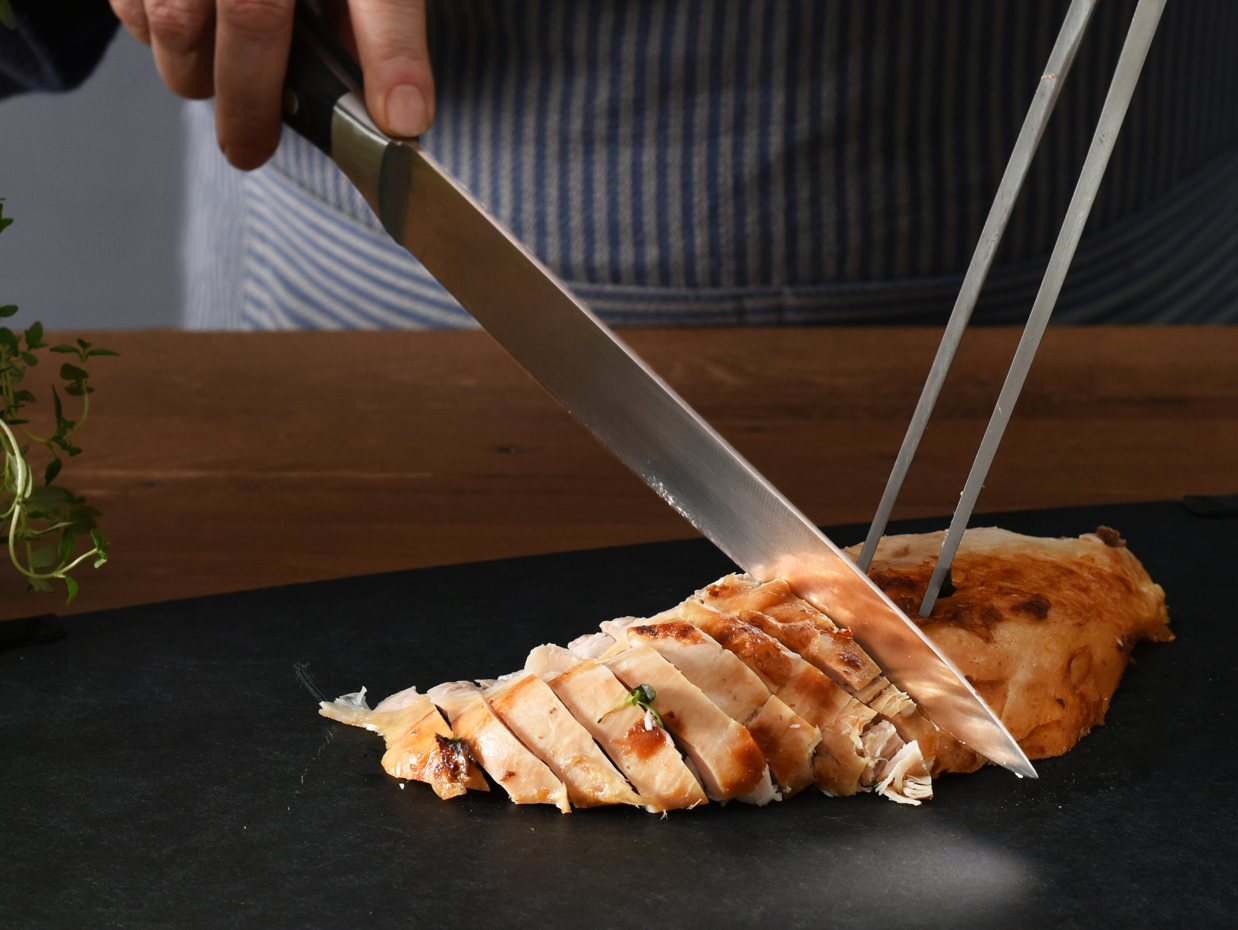
5. Slicing your meat. To split your drumstick and thigh, slice through the joint that connects the two. Your drumsticks can be added straight to your serving platter, whilst you’ll need to hold your thigh bone firmly as you remove the meat with the edge of your chefs knife. To slice your breast meat, place on your carving board and cut against the grain, taking care to keep the skin intact.
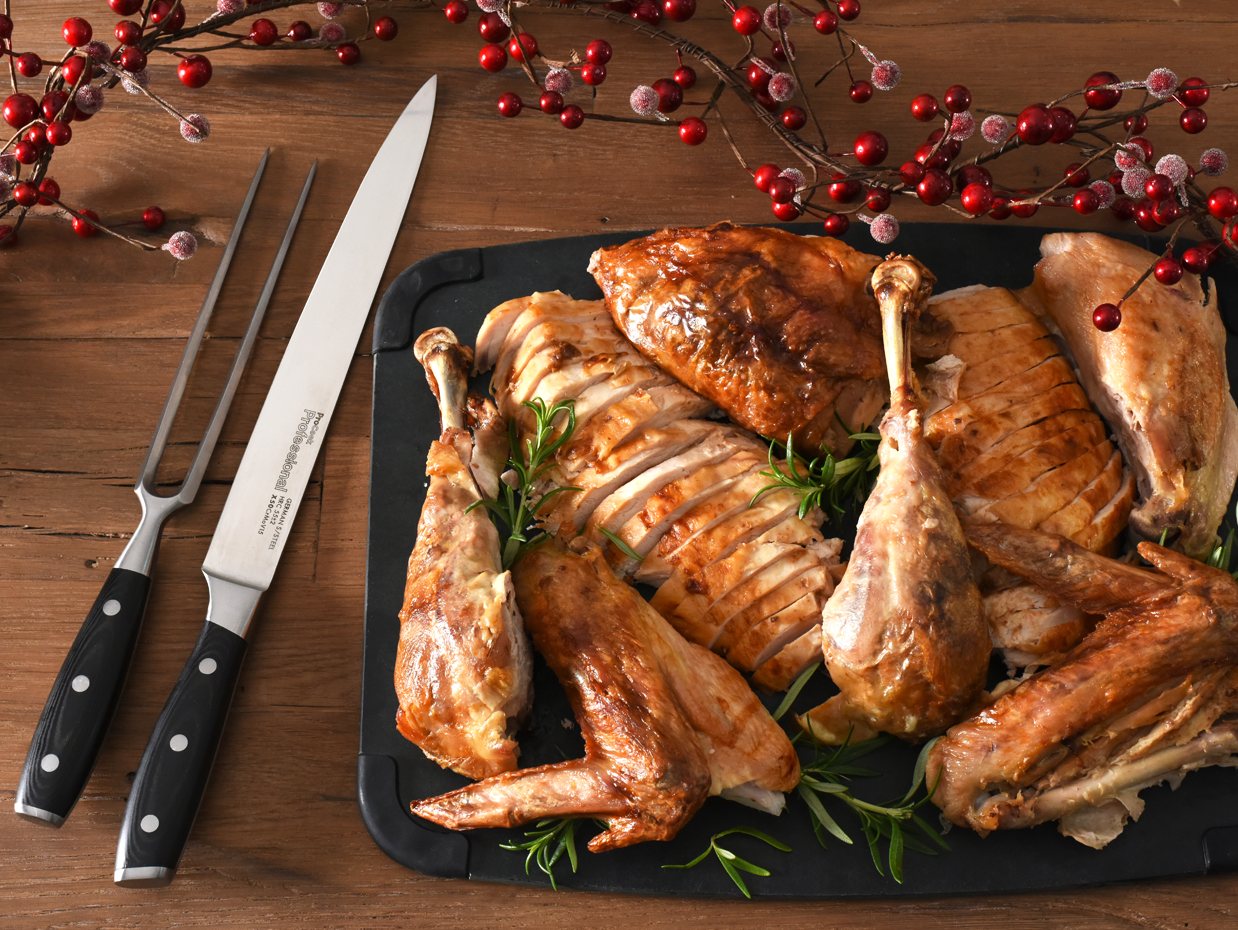
6. Serve. Transfer neatly to a serving platter and dress with fresh herbs for a truly festive feel.
Our top tip for carving the turkey is a simple one – take your time. It’s easy to feel pressured to get the turkey on the table but rushing will only lead to poor cuts of meat and possibly even accidents. Whenever you’re using sharp knives, remember that slow and controlled movements will always achieve better results than something rushed and forceful. Keep your turkey steady with the use of a carving fork, and use a carving knife to slice cleanly through the meat. For tougher areas such as the bone and joints, swap for a chefs knife to make the job as easy as possible.
What you will need
If you’re stuck for ideas on what to cook alongside your turkey this year, how about our delicious pigs in blankets wreath, roast potatoes or bacon wrapped stuffing? We have also collated all our favourite over-the-top Christmas foods into one blog post that has got us wondering, can you ever go too far at Christmas?
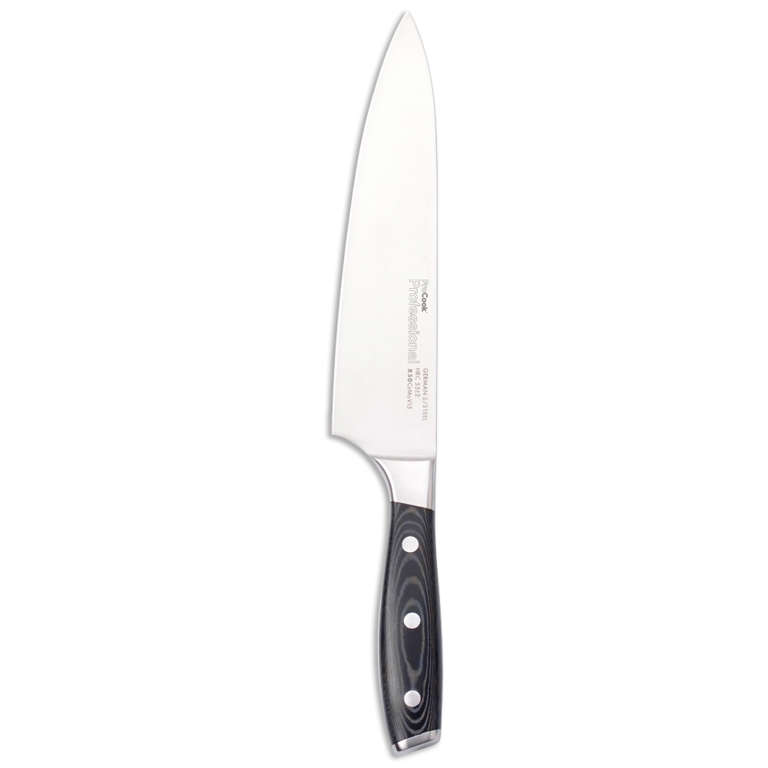
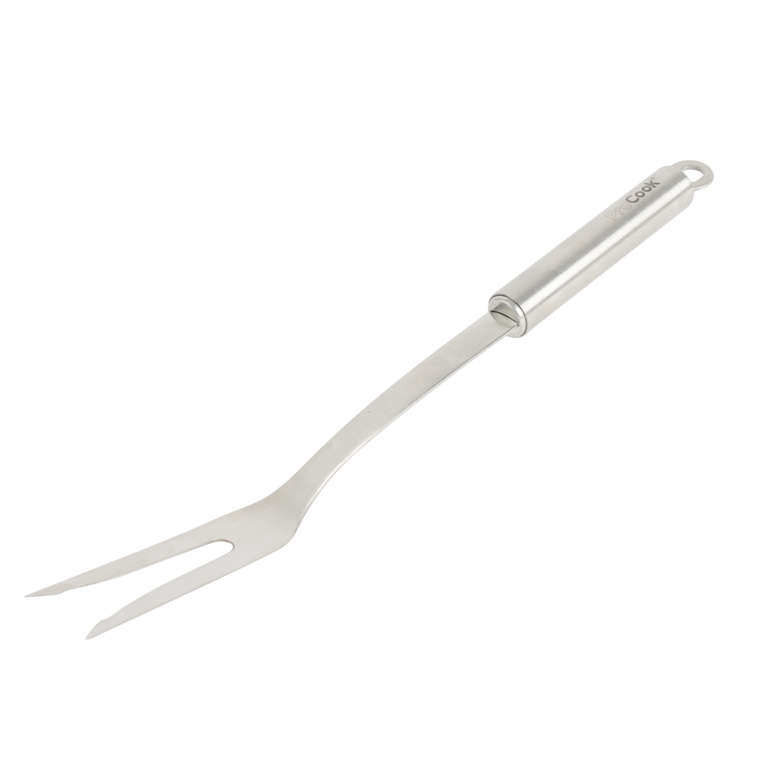
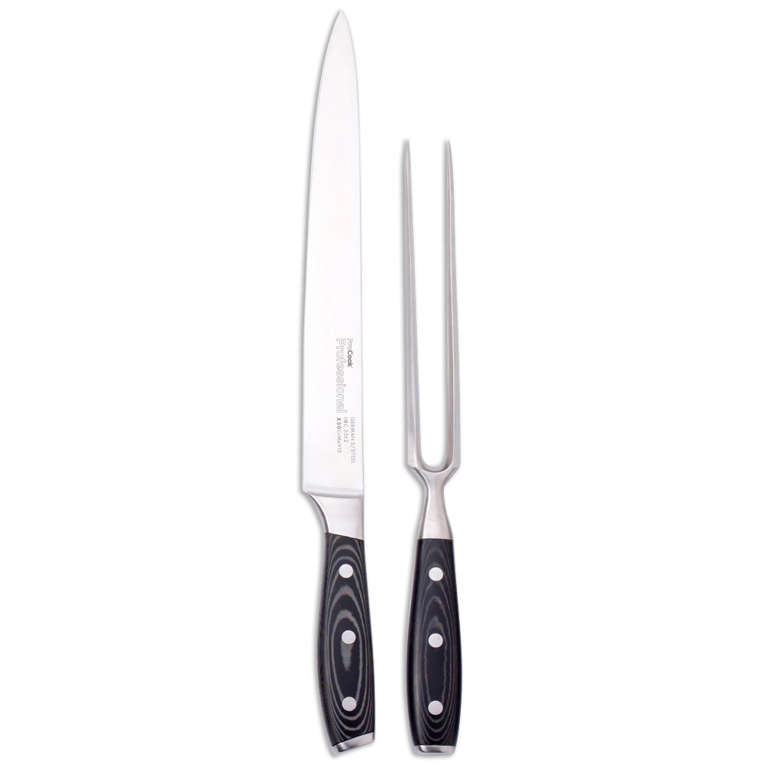
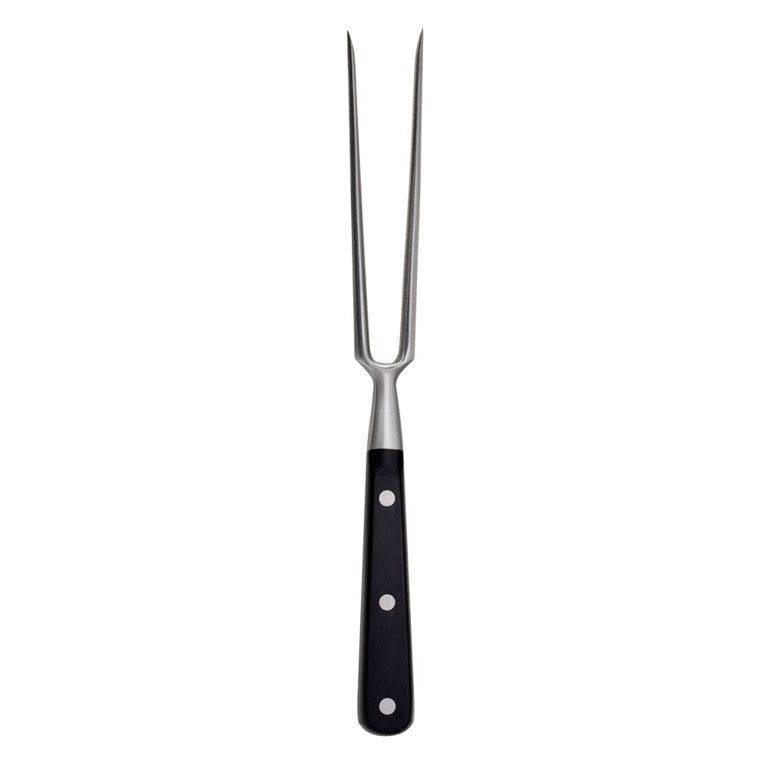
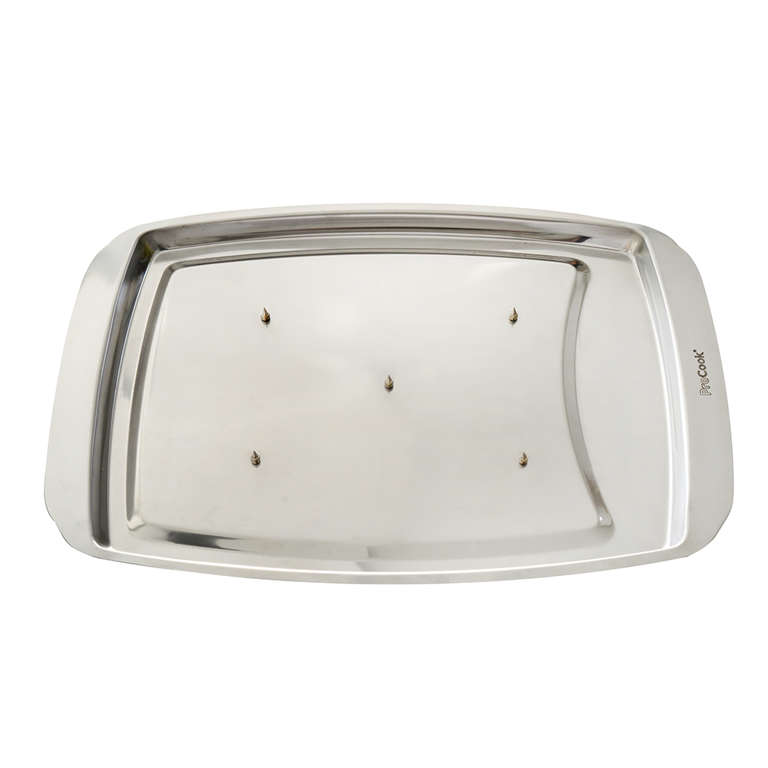
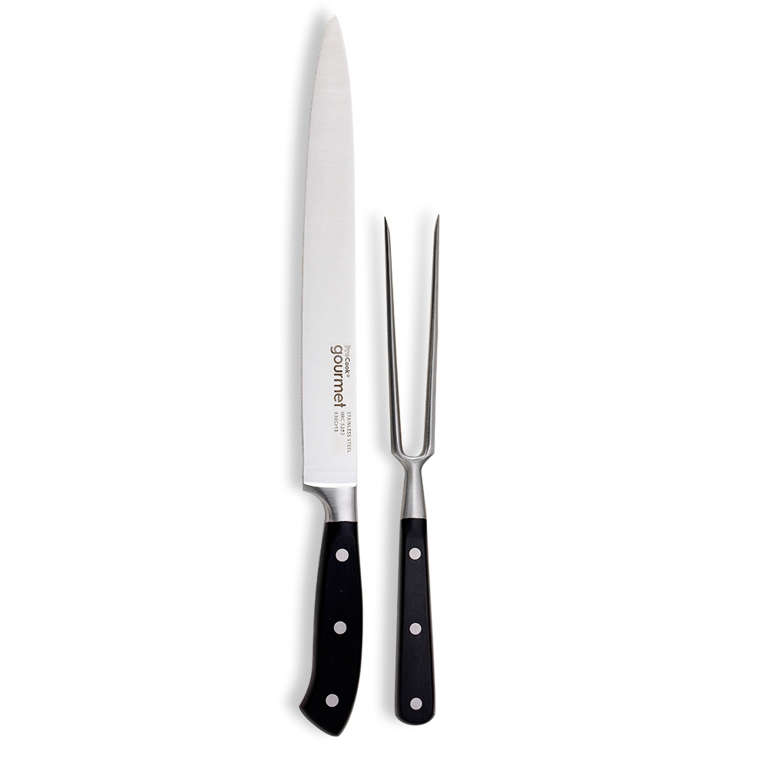
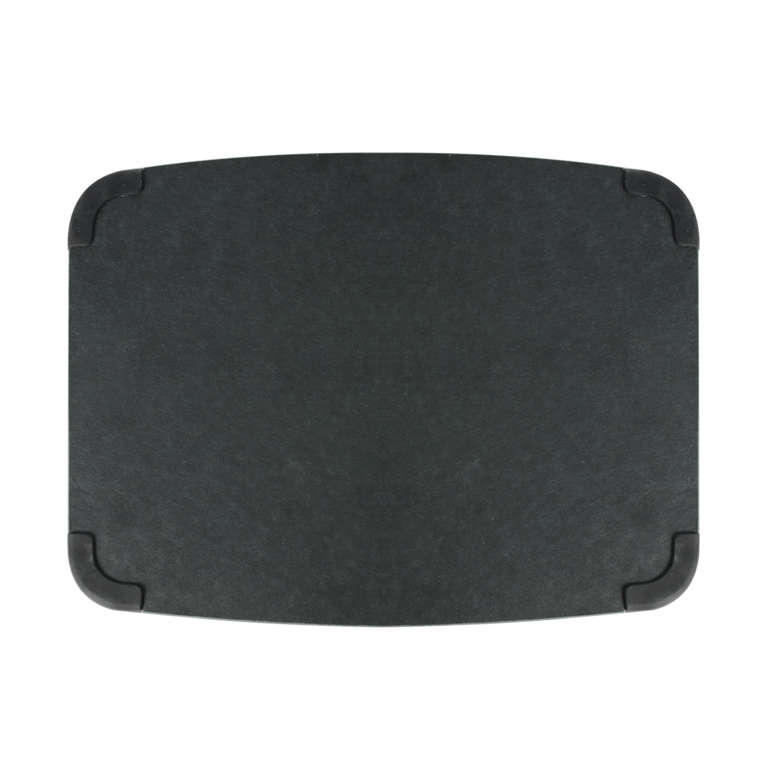

Leave a Reply